In today's rapidly evolving 📈 banking landscape, cloud-based technologies have emerged as a game-changer, revolutionizing the way financial institutions operate and serve their customers. JPMorgan Chase, one of the world's largest banks, which has embraced cloud computing to drive innovation and efficiency across its operations. They transformed the infrastructure, enabling faster product development, enhanced customer experiences, and improved scalability to meet evolving market demands.

However, this is a vast topic, constantly evolving at a fast pace, much like a cloud. The best way to start is by,
▶️ Understanding the significance of Cloud-Based Banking
▶️ Go through reasons why Traditional testing approaches fail
▶️ Plot the Benefits and Best practices
▶️ Find the limitations and models for financial services
▶️ Estimate the Costs between Cloud and traditional banking
▶️ List the Factors in Testing Cloud-Based Banking Platforms
▶️ Methods for secure access and Strategies to overcome the challenges by Cloud
▶️ Learning the risks and emerging trends
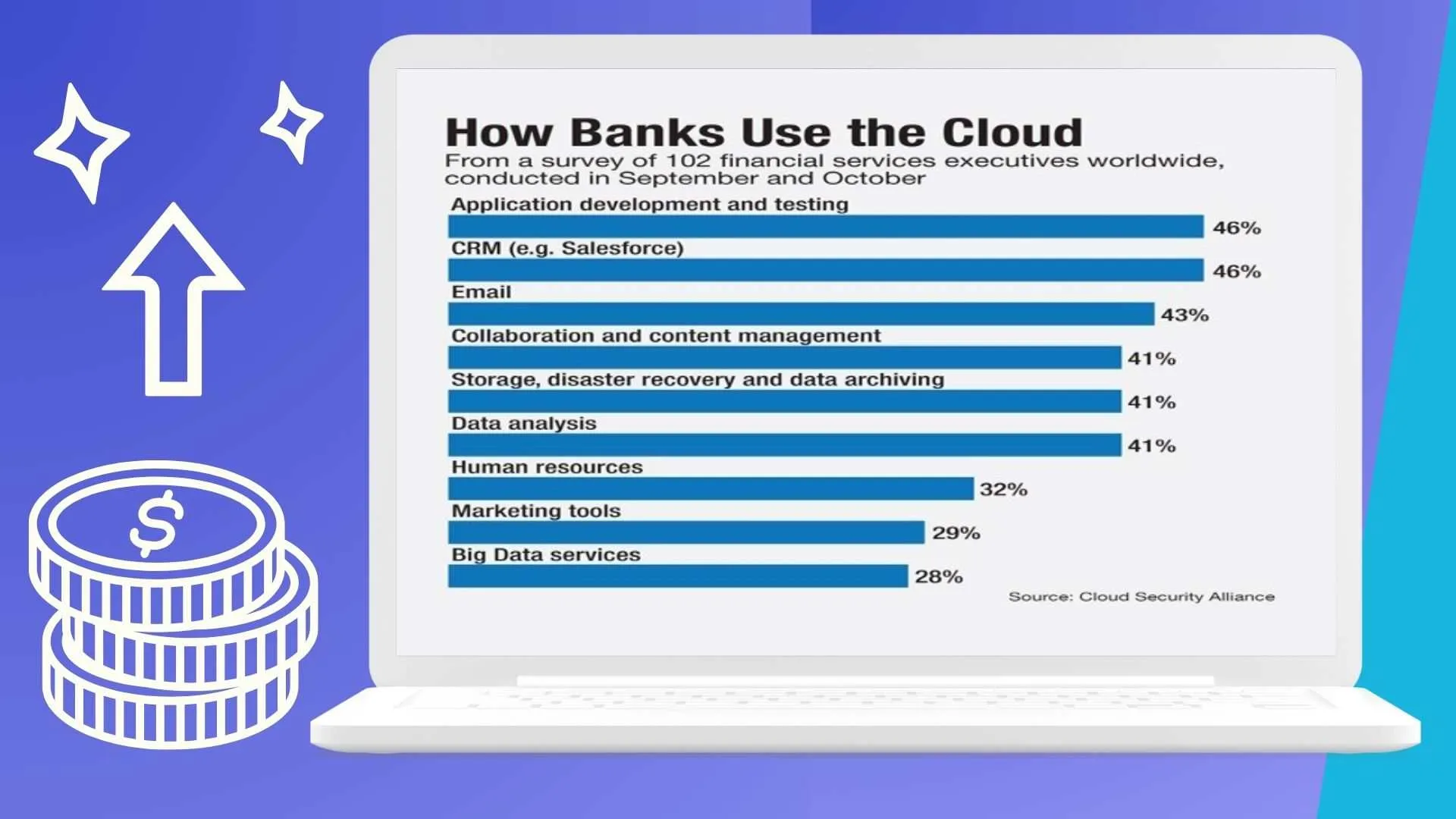
What is a Cloud-Based Banking Platform?
☁️ Cloud-Based Banking is a digital framework where banking services are hosted and accessed via the Internet. Unlike traditional local setups that rely on on-premises infrastructure, this approach utilizes the resources of third-party cloud service providers. This enables banks to achieve greater scalability, flexibility, and cost-effectiveness by adjusting resources based on demand and reducing the need for significant upfront investments in hardware.
Cloud platforms offer features like mobile banking login and UPI payment system for customers to manage their transactions seamlessly from mobile devices 📱. This integration facilitates swift and secure transactions, enhancing the user experience and providing convenience.
Financial institutions have greatly benefited from adopting cloud-based models, as they can deliver seamless Internet banking services to customers who prefer banking from the comfort of their homes. The cloud-based approach supports advanced technologies such as Blockchain which enable banks to be competitive and innovative.

Overview of Cloud-Based Banking Platforms
Cloud-based banking platforms provide standard financial services 💸 like Account management, transactions, credit card services, and loans using cloud. Integration with UPI payment apps facilitates swift, secure transactions, though users must adhere to UPI payment limits.
Enhanced mobility through mobile banking and online banking allows users to manage accounts and transactions on the go. Services like PNC online mobile banking exemplify this trend, providing seamless access to banking through intuitive mobile applications.
Cloud-based banking represents a new leap in the banking landscape, significantly reducing minor inconveniences like high traffic 🚦 and maintenance shutdowns that banks experience with local servers.
Though cloud offers great benefits, it has its own share of issues and It is essential to be aware of potential threats like data breaches and regulatory compliance issues. Data leaks can damage the reputation of service providers, putting them at a disadvantage in the growing competition.
5 Reasons Traditional Testing Approaches Fail
Traditional testing approaches in the banking sector often focus on functional testing and system stability. However they may Fail to cover critical aspects like:
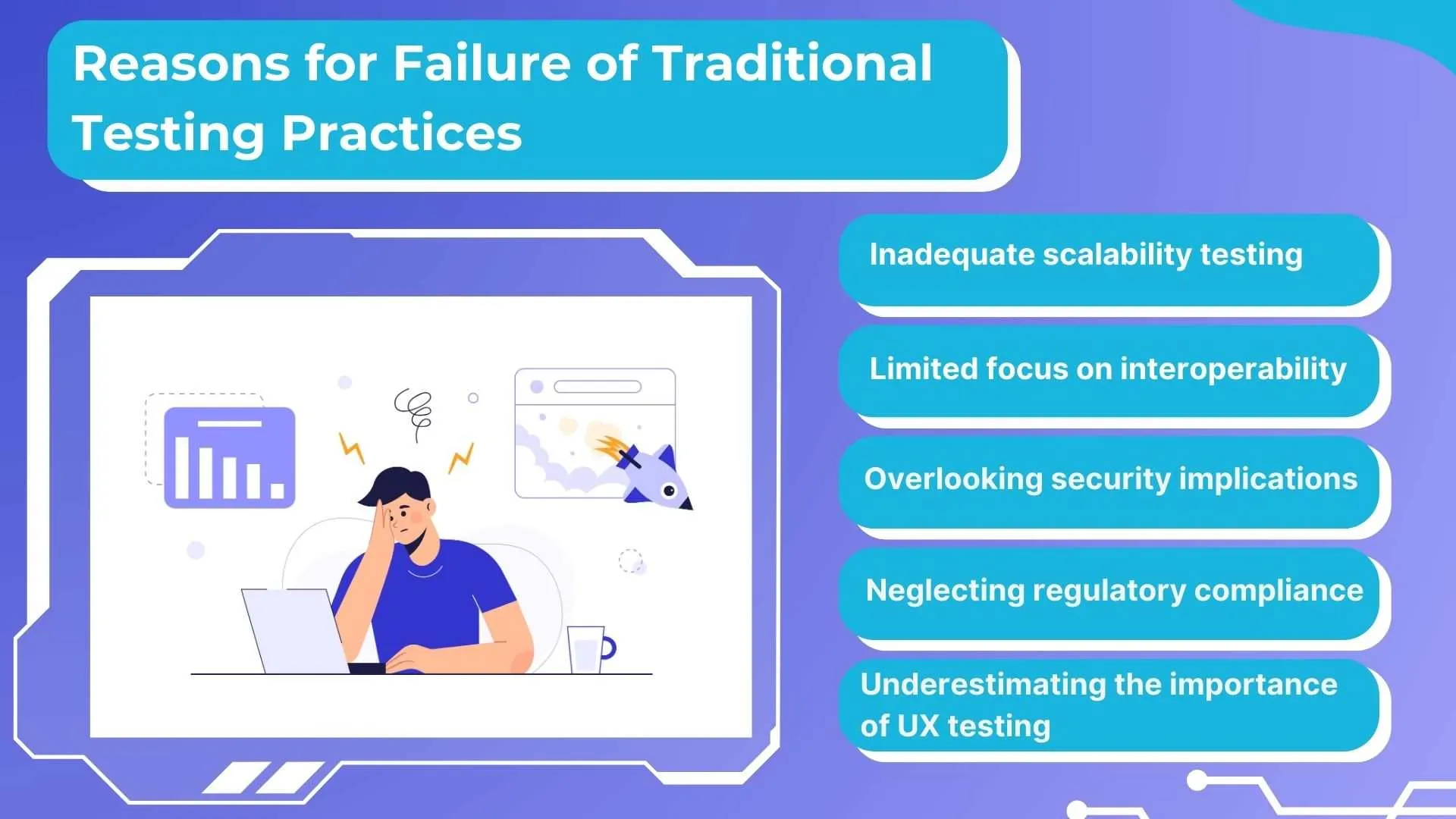
- Traditional testing methods often fail to properly assess how well a cloud-based banking platform can handle increasing workloads or user demands. Improper scalability testing may lead to performance issues such as slow response times or system crashes.
- Cloud-based banking platforms frequently interact with various third-party systems, such as payment gateways or customer relationship management (CRM) software. However, traditional testing approaches may not adequately test these integration points.
- Traditional testing methods may not comprehensively evaluate the security measures implemented in a cloud-based banking platform. This leaves the platform vulnerable to cybersecurity threats and data breaches which can damage the trust in the banking institution
- Cloud-based banking is subject to stringent regulatory requirements to ensure data privacy, consumer protection, and financial stability. Traditional testing approaches may overlook regulatory compliance testing, leaving the platform at risk of non-compliance.
- Underestimating the importance of user experience testing: Traditional testing methods may prioritize functional testing over usability testing, resulting in a subpar user experience for customers. Neglecting UX testing can lead to large loading times, lower adoption rates, and non-user friendly navigation.
Benefits of Using a Cloud-Based Banking Platform
The modern cloud technology brings a host of exciting features such as:
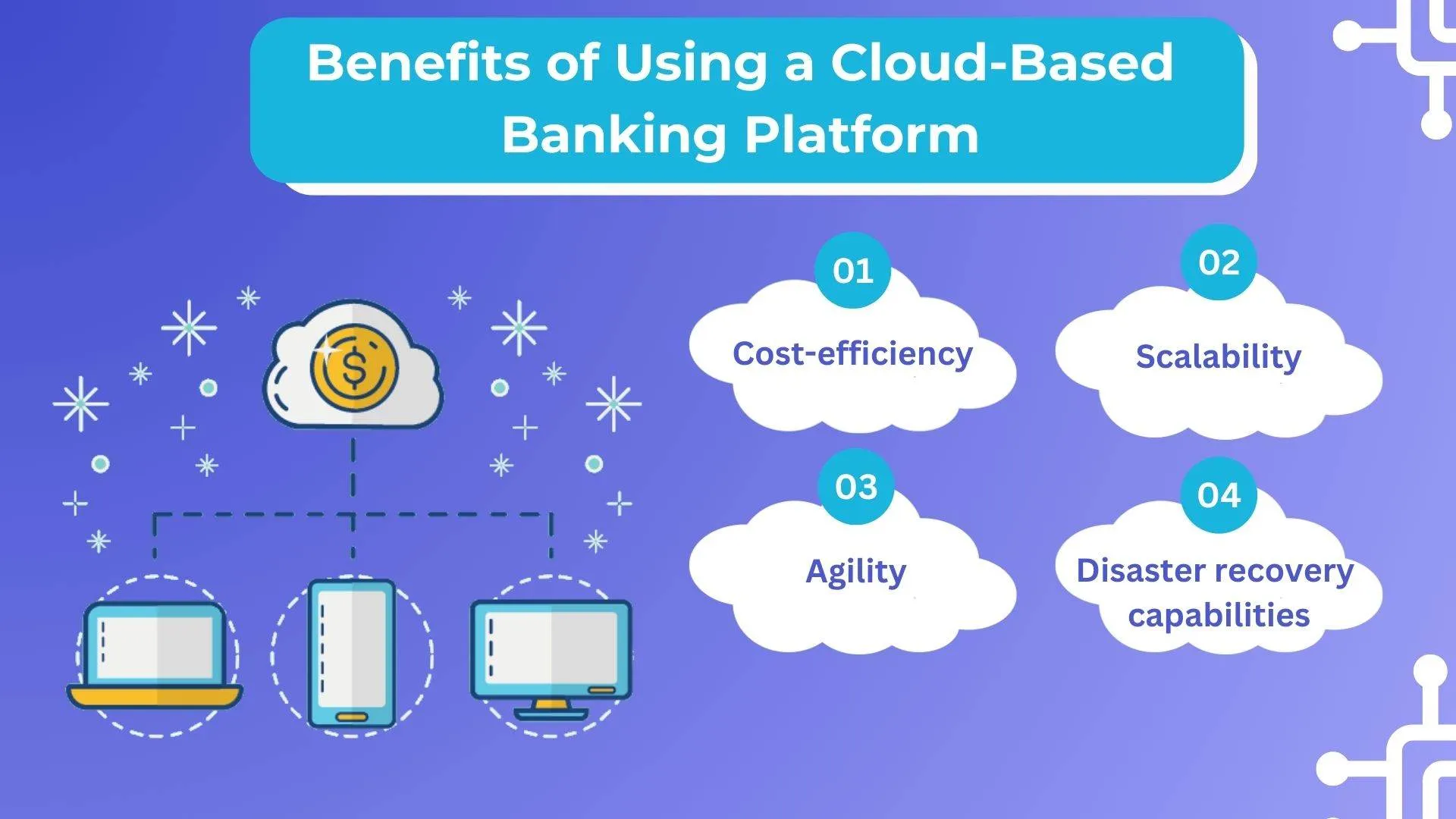
➕ Cost-efficiency: By eliminating the need for on-premises infrastructure, cloud-based banking platforms reduce hardware and maintenance costs, offering a more cost-effective solution for financial institutions.
➕ Scalability: Cloud-based banking platforms can easily scale to accommodate fluctuating workloads, ensuring optimal performance during peak usage periods without the need for additional infrastructure investment.
➕ Agility: Cloud-based platforms enable financial institutions to quickly deploy new features and services, allowing them to stay competitive in a rapidly evolving market and respond promptly to customer demands and industry changes.
➕ Disaster recovery capabilities: Cloud-based banking platforms offer robust disaster recovery capabilities, ensuring data backup and redundancy to minimize the risk of data loss and downtime in the event of natural disasters, hardware failures, or cyber-attacks.
Best Practices for Testing Cloud-Based Banking Platforms
To avail the benefits, it is essential to adhere to certain practices and strategies for optimized usage of the cloud such as:

⭐ Ensuring the security of cloud-based banking platforms through thorough testing of encryption, authentication mechanisms, and vulnerability assessments.
⭐ Assessing scalability and reliability by simulating various usage scenarios to identify potential bottlenecks and optimize system performance.
⭐ Ensuring adherence to regulatory requirements such as GDPR, PCI DSS, and SOX through rigorous testing and validation processes.
⭐ Testing the seamless interaction and data exchange between different components and third-party systems to ensure compatibility and functionality.
⭐ Gathering feedback from users to evaluate the intuitiveness, navigation, and overall user experience of the platform, enabling continuous improvement and refinement.

The Transaction Limitations on Cloud-Based Banking Platforms
Cloud-based banking platforms may face transaction limitations imposed by cloud providers, impacting factors such as throughput, latency, and data transfer rates.
- Regulatory Compliance: Transaction limitations may be imposed to comply with regulatory requirements, such as transaction volume caps or restrictions on certain types of transactions.
- Service Level Agreements (SLAs): Transaction limitations are often specified in SLAs between the bank and the cloud service provider, outlining the agreed-upon performance metrics and limitations.
- Scalability Considerations: Transaction limitations may vary based on the scalability options offered by the cloud service provider, such as the ability to scale up resources during peak periods.
- Impact on Customer Experience: Transaction limitations can impact the overall customer experience, especially during periods of high demand, leading to delays or interruptions in service. This is also a limitation with the current Banking systems.
Choosing the Best Cloud Model for Financial Services
Selecting the optimal cloud model for financial services is crucial for maintaining data sensitivity, regulatory requirements, performance needs, and cost. There are currently three main models for Financial Services in the cloud.
➕ Public Cloud
Offered by providers like Amazon Web Services (AWS), Microsoft Azure, and Google Cloud Platform (GCP). These are known for their scalability, flexibility, and cost-effectiveness. They are widely used in the banking industry for non-sensitive data and practice a pay-as-you-go model. Public cloud models are popular due to their ease of use, wide range of services, and global availability.
➕ Private Cloud
Private cloud solutions, such as those offered by IBM Cloud and VMware, provide dedicated resources and enhanced security, making them suitable for sensitive financial data and applications. Prices for private cloud solutions are typically higher than public clouds due to the dedicated infrastructure and additional security measures.
However, they offer greater control and customization options, making them popular among larger financial institutions with strict regulatory requirements.

➕ Hybrid Cloud
Hybrid cloud solutions combine public and private cloud environments, allowing financial institutions to leverage the benefits of both models. Prices for hybrid cloud solutions vary depending on the combination of public and private resources used.
Hybrid clouds offer flexibility and scalability, allowing organizations to balance cost-effectiveness with security and regulatory compliance. They are increasingly popular among financial institutions seeking to optimize their IT infrastructure and workload management strategies.
Cost Differences Between Cloud-Based and Traditional Banking Systems
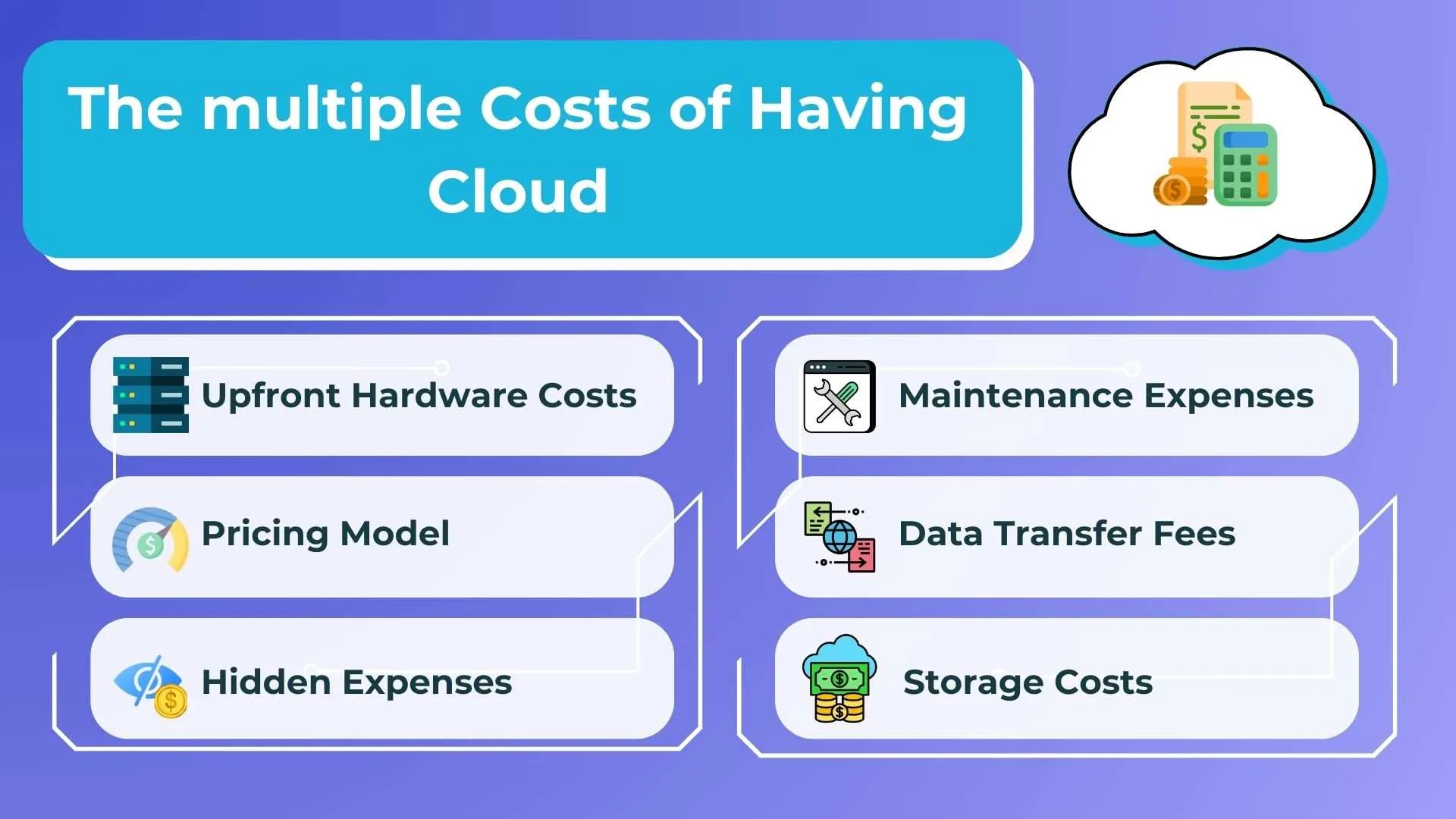
Cloud-based banking systems offer potential cost savings compared to traditional on-premises solutions by eliminating upfront hardware costs, reducing maintenance expenses, and enabling pay-as-you-go pricing models. The Major expenses are distributed among hardware maintenance, Transfer fees and Storage.
Key Factors to Consider in Testing Cloud-Based Banking Platforms
- Ensure adherence to industry standards and regulations by testing encryption, multifactor authentication, and data privacy measures to protect sensitive financial information from cyber threats.
- Assess the platform's ability to handle varying workloads and user demands efficiently, ensuring optimal performance and scalability during peak usage periods.
- Test data backup and redundancy measures to minimize the risk of data loss and downtime in the event of natural disasters, hardware failures, or cyber attacks, ensuring business growth.
- Validate seamless interaction and data exchange between different components and third-party systems to ensure compatibility and functionality across the platform.
- Ensure compliance with regulatory requirements such as GDPR, PCI DSS, and SOX through rigorous testing and validation processes to mitigate legal and financial risks.
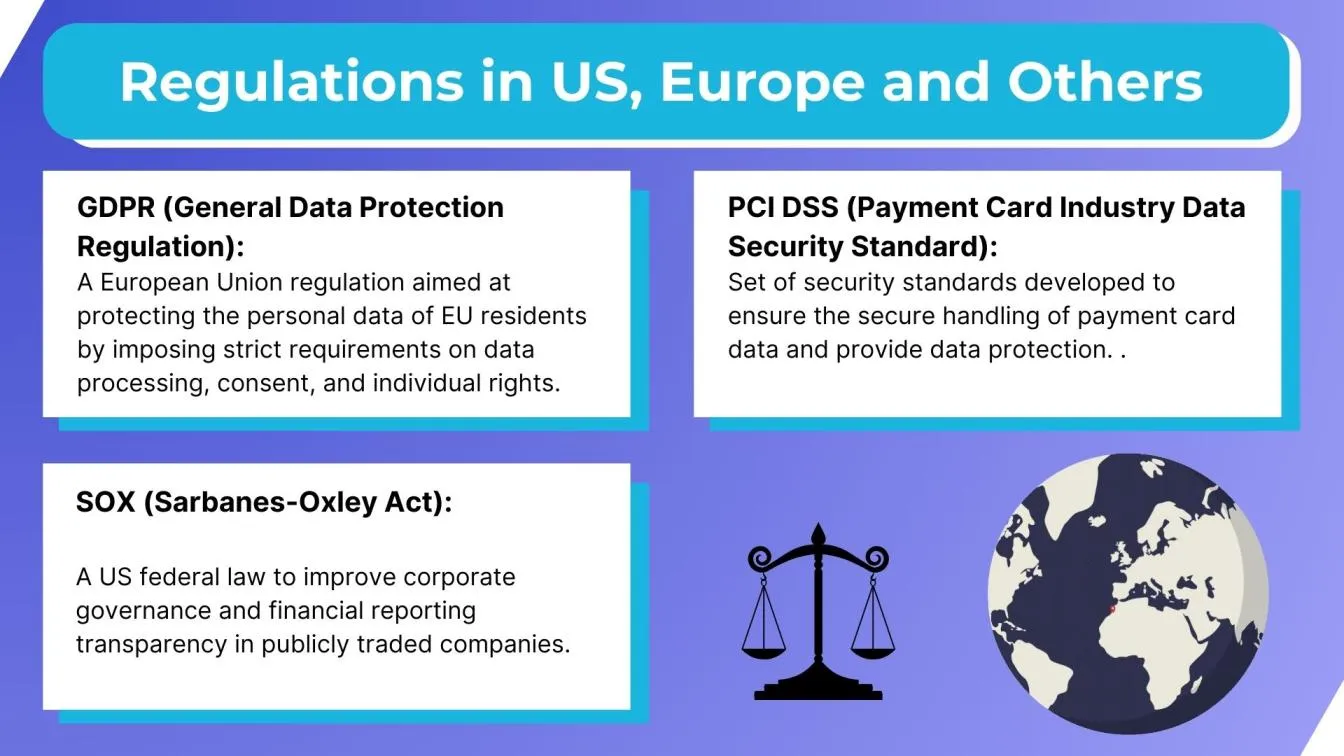
- Solicit feedback from users to evaluate the intuitiveness, navigation, and overall user experience of the platform, enabling continuous improvement and refinement to enhance customer expectations.
Methods Used to Ensure Secure Access to Cloud-Based Banking Platforms
🖊️ Multi-factor Authentication (MFA): MFA adds an extra layer of security by requiring users to provide multiple forms of verification, such as passwords, security tokens, or biometric scans, to access the platform.
🖊️ Encryption Protocols: Data encryption techniques, including Transport Layer Security (TLS) and Secure Sockets Layer (SSL), encrypt data during transmission to prevent unauthorized access or interception by malicious actors.
🖊️ Threat Detection Measures: Implementing threat detection technologies, such as intrusion detection systems (IDS) and intrusion prevention systems (IPS), helps identify and respond to security threats promptly, minimizing the impact on the platform's security and integrity.
🖊️ Access Controls: Implementing access controls ensures that only authorized individuals or entities have access to specific resources or functionalities within the cloud-based banking platform. Role-based access control (RBAC) and attribute-based access control (ABAC) are commonly used mechanisms for managing access rights.
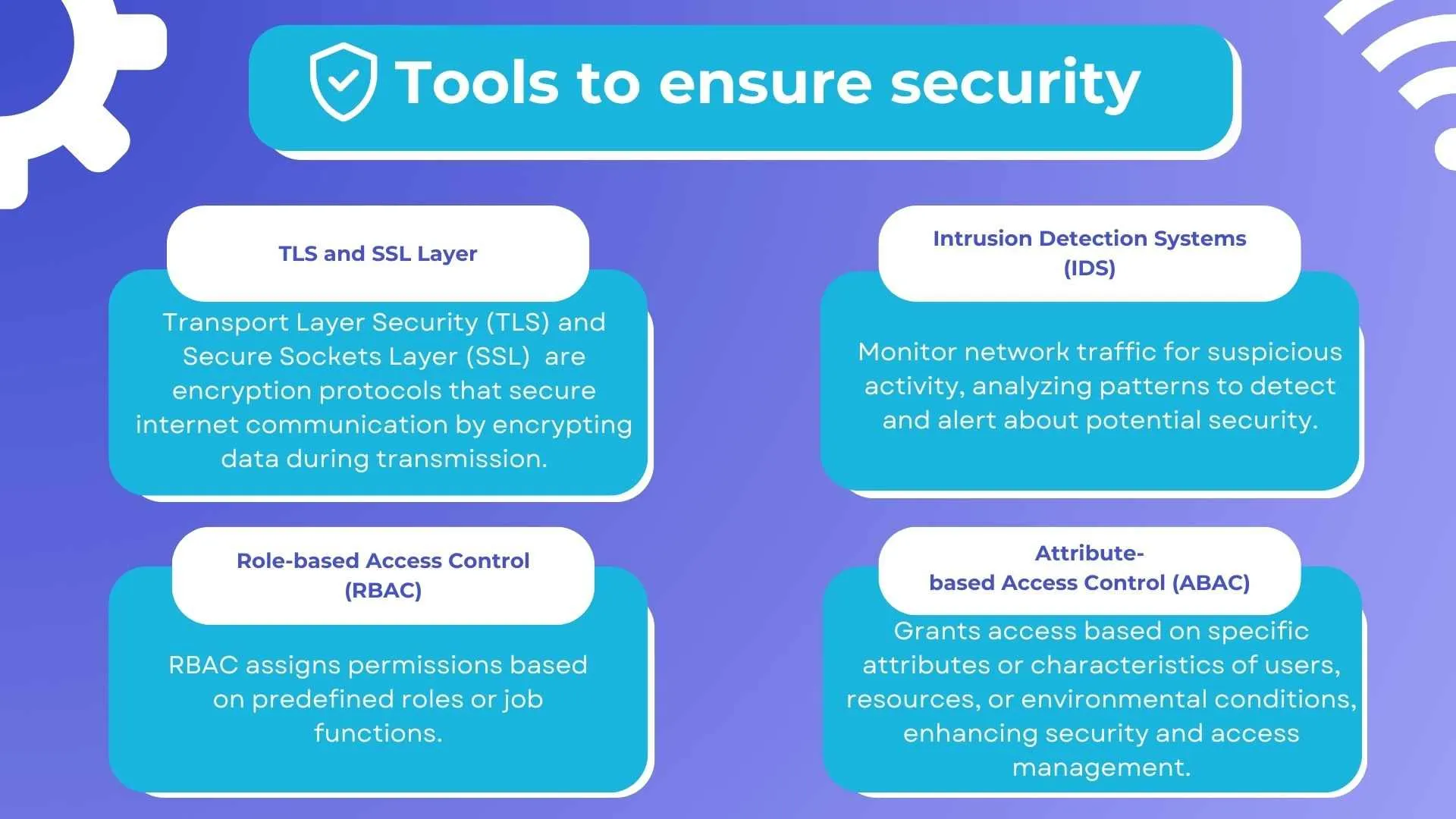
Strategies to Overcome these Challenges
🎯 Leveraging automation tools for repetitive testing tasks can streamline the testing process, reduce manual errors, and increase efficiency. Automated testing frameworks and scripts can be used to perform routine tests, such as regression testing, ensuring consistent and reliable results.
🎯 Integrating security practices into the development and operations lifecycle (DevSecOps) ensures that security considerations are addressed throughout the software development process. By embedding security controls and testing procedures into every stage of development, organizations can proactively identify and mitigate security vulnerabilities before deployment.
🎯 Embracing agile methodologies, such as Scrum or Kanban, enables organizations to adapt quickly to changing requirements and deliver incremental updates to the cloud-based banking platform. Agile practices promote collaboration, transparency, and continuous improvement.
🎯 Close collaboration with cloud service providers allows organizations to leverage their expertise, resources, and best practices for optimizing the performance, security, and reliability of the cloud-based banking platform.
🎯 Investing in employee training and skill development programs ensures that team members possess the necessary knowledge and expertise to effectively design, develop, test, and maintain cloud-based banking platforms.
Are there any risks involved for Banks while migrating to Cloud Services?
- Migrating to cloud computing services pushes banks against many risks such as data breaches, compliance violations, service outages, vendor lock-in, and loss of control over critical infrastructure.
- Banks risk unauthorized access to sensitive financial data stored in the cloud, leading to data breaches and potential financial losses.
- Failure to adhere to regulatory requirements during the migration process can result in compliance violations, leading to legal penalties and reputational damage.
- Dependence on cloud service providers exposes banks to the risk of service outages, disrupting banking operations and impacting customer satisfaction.
- Banks may face vendor lock-in, limiting their ability to switch providers or negotiate favorable terms, leading to increased costs and reduced flexibility.
- Banks relinquish control over critical infrastructure when migrating to the cloud, relying on third-party providers for security and reliability, increasing the risk of dependency and potential disruptions.
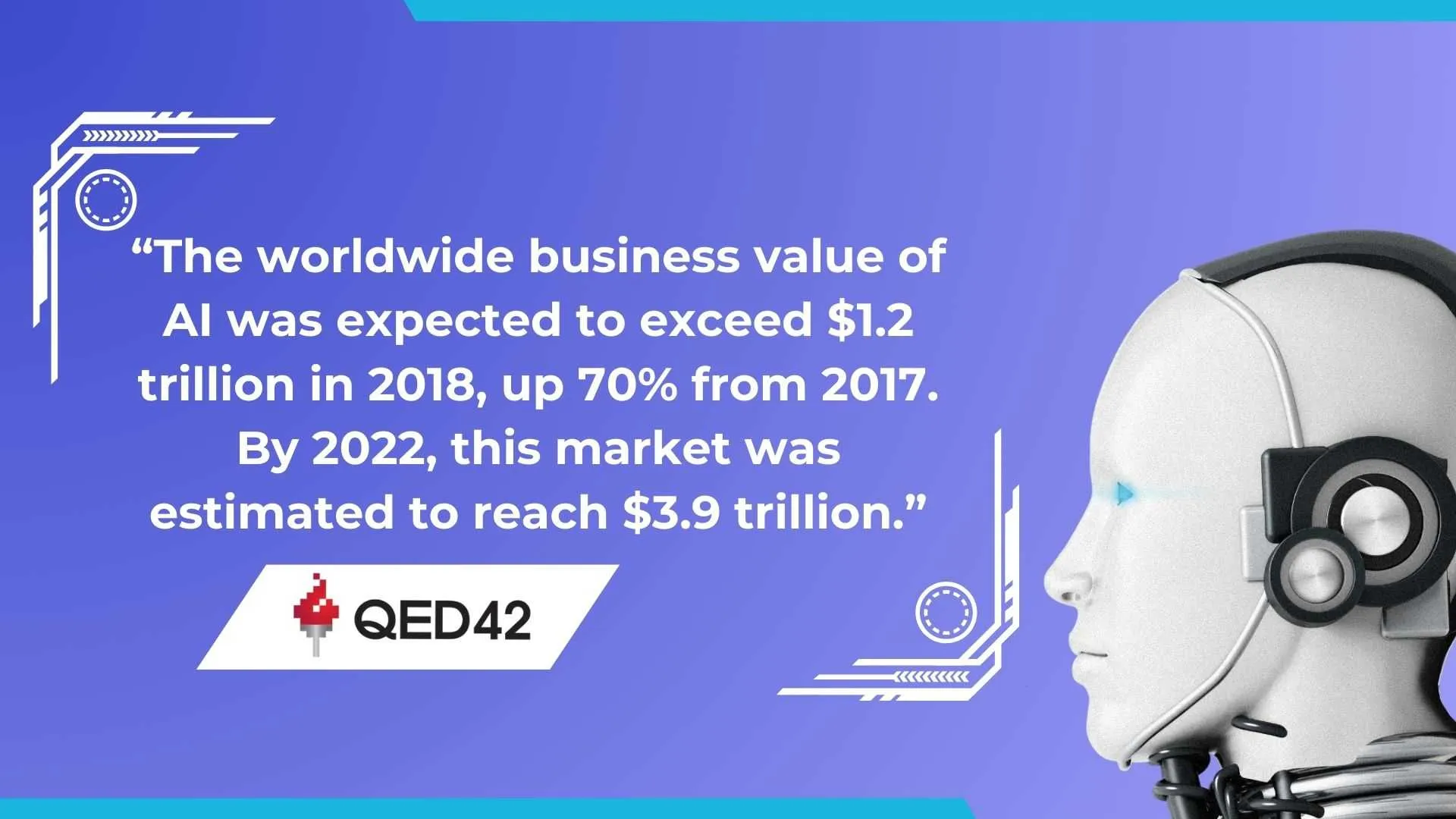
The Emerging Trends in Cloud-Based Banking Platforms
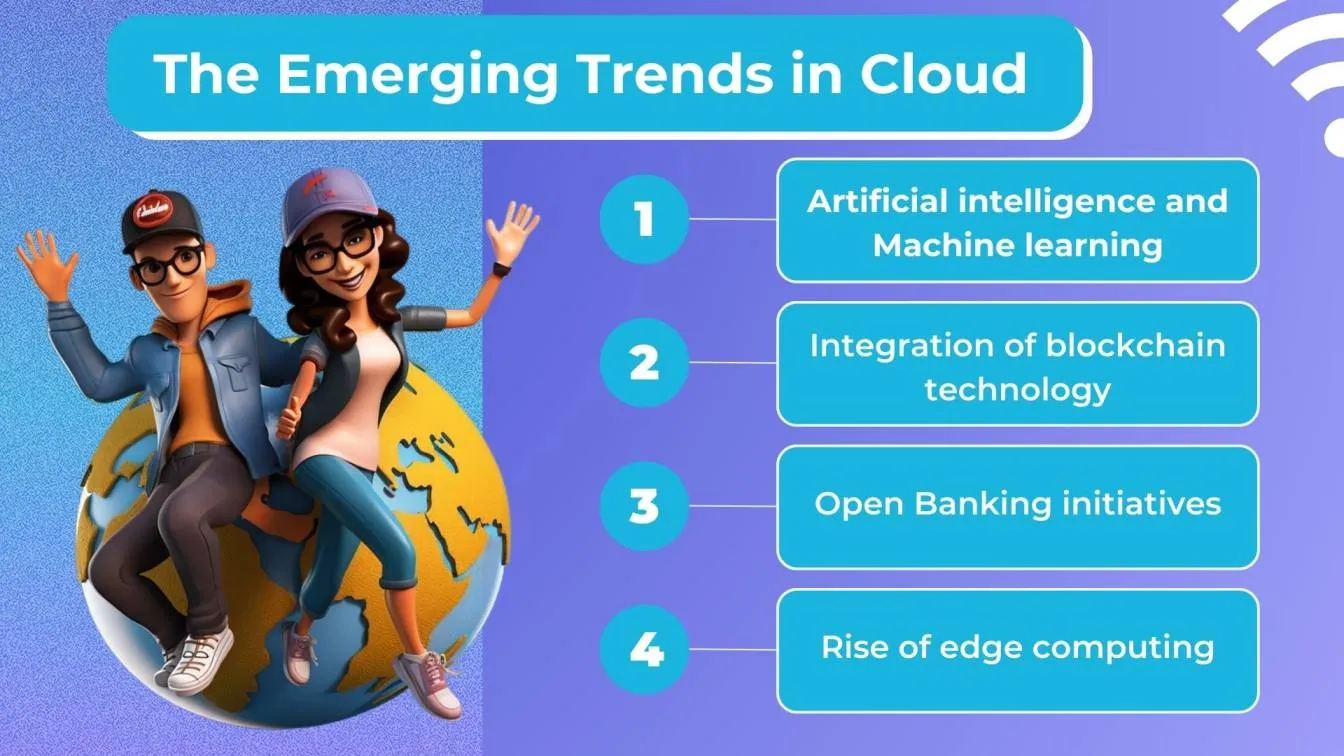
☀️ Adoption of artificial intelligence and machine learning: Utilizing AI and ML technologies to deliver personalized banking experiences, such as tailored product recommendations and predictive analytics.
☀️ Integration of blockchain technology: Implementing blockchain for secure and transparent transactions, enabling enhanced security, traceability, and immutability of financial transactions.

☀️ Open Banking initiatives: Embracing Open Banking to promote collaboration and innovation among financial institutions, allowing customers to securely share their financial data across multiple institutions and access a wider range of services.
☀️Rise of edge computing: Leveraging edge computing for low-latency processing and improved customer engagement, enabling faster response times and enhanced user experiences for banking applications.
Wrapping Up!
Cloud-based banking platforms are revolutionizing the financial services industry by offering unparalleled scalability, flexibility, and cost-efficiency. Banks and financial institutions are shown to have improved disaster recovery, seamless integration with third-party services, and enhanced customer accessibility. However, to fully capitalize on these advantages, it is crucial to address the unique challenges specific to cloud-based systems.
Adopting robust testing strategies is essential to ensure the reliability, security, and compliance of cloud-based banking platforms. Leveraging automation, integrating DevSecOps practices, embracing agile methodologies, and fostering collaboration with cloud service providers can help mitigate risks and streamline development processes. Additionally, investing in employee training ensures that staff members are equipped with the latest knowledge and skills to manage and optimize cloud infrastructure effectively.
Careful selection of the appropriate cloud model based on an institution's specific needs and constraints, plays a critical role in achieving business objectives Despite the potential risks, with thorough planning, risk management, and adherence to best practices, the transition to cloud-based banking can lead to significant operational improvements and competitive advantages.

People also ask
👉 How are fraud detection and prevention handled in cloud-based banking platforms?
Fraud detection and prevention in cloud-based banking platforms involve advanced algorithms and real-time monitoring to identify suspicious activities and protect against fraudulent transactions.
👉 How does Cloud Banking work?
Cloud banking operates by leveraging remote servers to store and manage data, allowing users to access banking services anytime, anywhere via the internet.
👉 Why are banks and other financial institutions now moving to the Cloud?
Banks and financial institutions are moving to the cloud to benefit from scalability, cost-efficiency, agility, and enhanced security provided by cloud-based solutions.
👉 How does a Cloud-Based banking platform differ from traditional Banking systems?
Cloud-based banking platforms differ from traditional systems by leveraging cloud infrastructure for data storage, processing, and delivery, offering increased accessibility, scalability, and flexibility.
👉 How does data encryption work in Cloud-Based Banking platforms?
Data encryption in cloud-based banking platforms involves encoding sensitive information to prevent unauthorized access, ensuring confidentiality and security of customer data stored in the cloud.





%201.webp)

